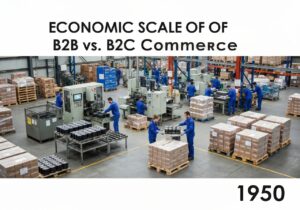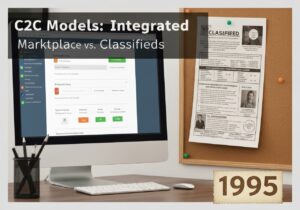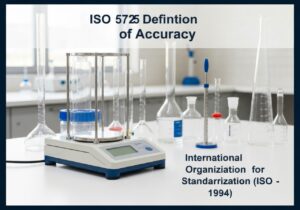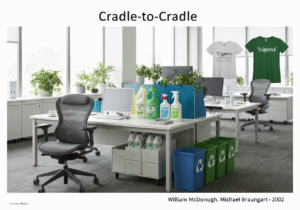
European Fire Classification (EN 2)
The European standard EN 2, ‘Classification of fires’, harmonizes fire classes across member nations. It defines five classes: A (solids), B (liquids), C (gases), D (metals), and F (cooking oils). A key distinction from the US system is that Class C is specifically for flammable gases, and there is no dedicated class for electrical fires;…


















